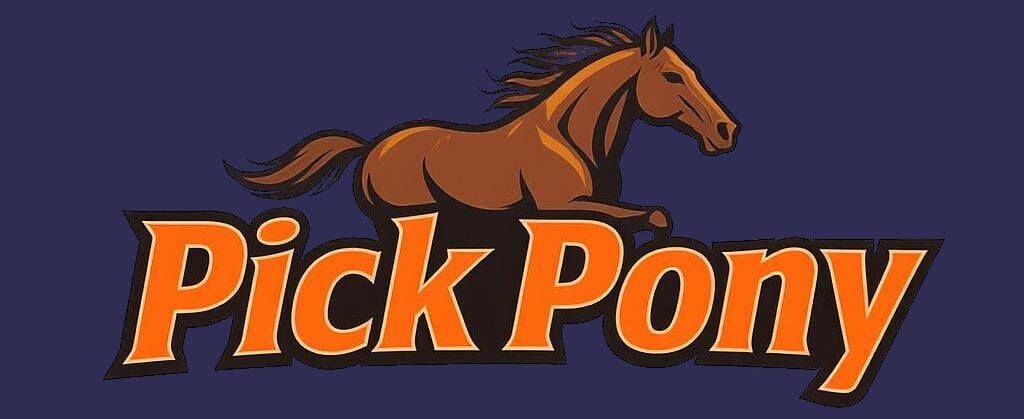As part of our Past Performances product, Pick Pony includes a “picks” section that lists three sets of predictions for each race. These picks are found on the PPS’s overview page, as well as a summary race listing at the end of the card. Our proprietary artificial intelligence engine(s) creates these AI predictions. The logic behind these engines is complex, considering hundreds of different factors that could impact the outcome of a horse race. Here, in a nutshell, is how Pick Pony’s AI engines develop predictions for each horse race.
How Pick Pony’s AI engines makes horse race predictions
Pick Pony’s AI engines require data. This data could include factors such as finish position, speed rating, pace, turn time, trainer expertise, and even weather. Each data point is influenced by other data points such as the facility the race was run in, the race tracks’ surface condition, the “sophistication” and “expertise” of its attendees, and so on. We must look at each data point in a variety of ways. For instance, concerning speed ratings, we may examine a horse’s speed at a specific track, at a specific distance, on a particular surface condition, or on a specific track configuration. Furthermore, we must decide how to evaluate the data point. Using speed again as an example, we may evaluate the speed rating of the last race, the last three races, for the entire season, or when a specific jockey is in the irons. Each individual data point may be evaluated in dozens, if not hundreds, of different ways. Thus, processing handicapping data is very resource-intensive (and expensive).
Using weights to tweak AI algorithms
Since horse race handicapping works on a limited set of data, with everyone using the same data sources as everyone else, there is only one way to distinguish evaluation of the data from others – via weights. Each data point can be weighted, influencing the outcome more than other data points. The various weights account for the different models we offer our customers (Plus subscribers have access to two AI models while Pro and Premiere subscribers can use up to three models). Each model uses select data points at specific weights. As we advance, subscribers will be able to adjust these weights independently, allowing them to tinker with the models to figure out which weighting works best at specific tracks or specific distances, etc.
The various models prove most effective for specific conditions and tracks. For instance, Algo1 may work best at smaller tracks (and yes, it typically does), while Algo3 may produce more accurate results for larger tracks. Or Algo2 may work better for routes, while Algo3 works better for sprints. We encourage our customers to try different weights and apply them to a variety of circumstances to find the most accurate algorithm for their needs.
AI-generated handicapping – a constant work in progress
Our models are constantly changing. They are literally changing every day as we work to improve the accuracy of the results. And they are not perfect. Regardless of what others may claim – no model is. Thus, we encourage you to use the AI models as one facet of your handicapping process. Pick Pony’s AI models, combined with our innovative Past Performances, provide a perfect horse race handicapping toolkit for enthusiasts.


